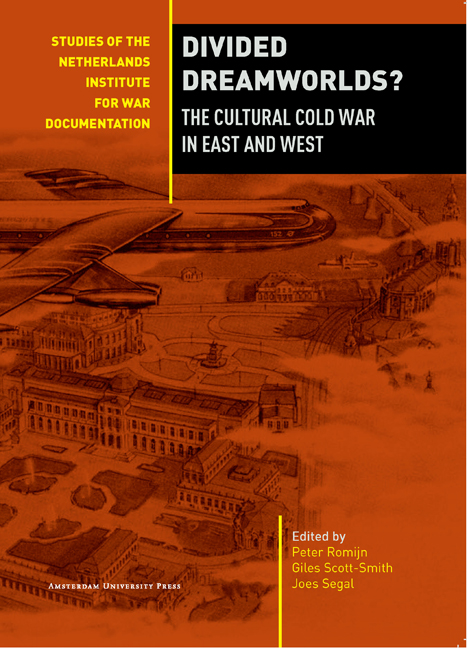Chapter 4 - Co-Producing Cold War Culture: — East-West Film-Making and Cultural Diplomacy
Published online by Cambridge University Press: 02 February 2021
Summary
Cinema has long been claimed as a producer of ‘dreamworlds’, and more than one commentator has noted the chronological coincidence between the industrialisation of the film industry and the Bolshevik Revolution. Film scholars have also documented the dialogic aspects of Hollywood and Soviet Goskino film rivalry and their images of each other as reflecting the state of international relations throughout the Cold War. Hollywood offers a range of such landscapes from Red Danube to Red Dawn. Soviet cinema too has its cinematic Cold War scenarios and stereotypes, such as the American journalists who engage in The Russian Question (1947), or Night on the 14th Parallel (1971). This chapter addresses a related development within the post-war international film industry – the rise of films produced by more than one nation. Between 1953 and 1985, the Soviet Union realised well over 100 co-produced films, many across the ‘curtain’ with France, Italy, Norway and Japan. Building on one of the themes of this volume – investigating those cultural agents who desired to escape the rigidity of East- West divides – this chapter will focus on the dynamics and dilemmas of Soviet co-produced films.
Soviet attempts to co-produce films, especially with the West, represent a challenge that is in part shared with European film industries – the competition with Hollywood. Even when they are formally introduced as part of the Soviet film bureaucracy, co-productions are presented as an economic arrangement, as a way to compete with Hollywood's market dominance. Of course co-production is neither merely ‘an economic initiative (…) nor is it simply a means of spreading costs. It is also a symbolic intervention.’ Once a nation moves to make a film collaboratively with another nation, the representation of one's own national heritage and culture in relation to the other is called into question and requires negotiation. The complications come not just in the choice of film subjects or scenarios, but also from different traditions of storytelling. In these traditions, again, the Soviet Union may share with Europe an ideal more akin to art than commerce. Added to this pressure is the economic model of a successful – popular and profitable – film, which demanded the recognisable stars and blockbuster elements that Hollywood had perfected.
- Type
- Chapter
- Information
- Divided Dreamworlds?The Cultural Cold War in East and West, pp. 73 - 94Publisher: Amsterdam University PressPrint publication year: 2012
- 1
- Cited by



